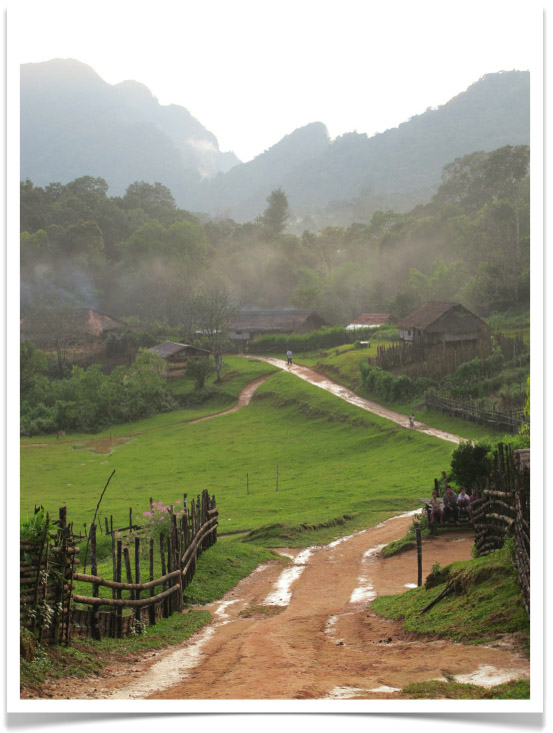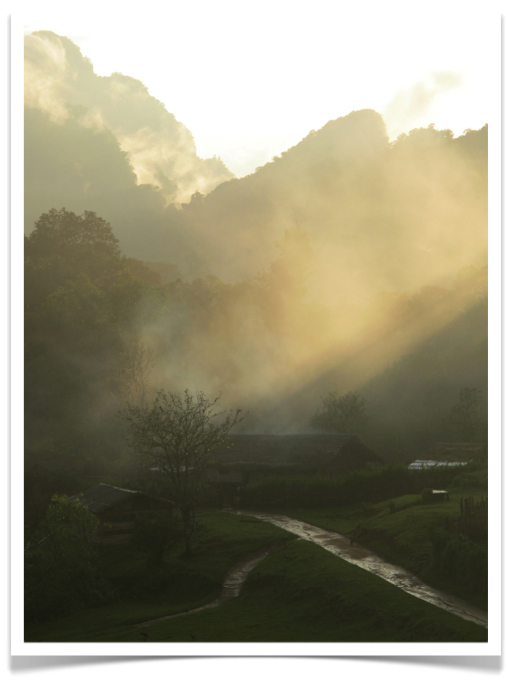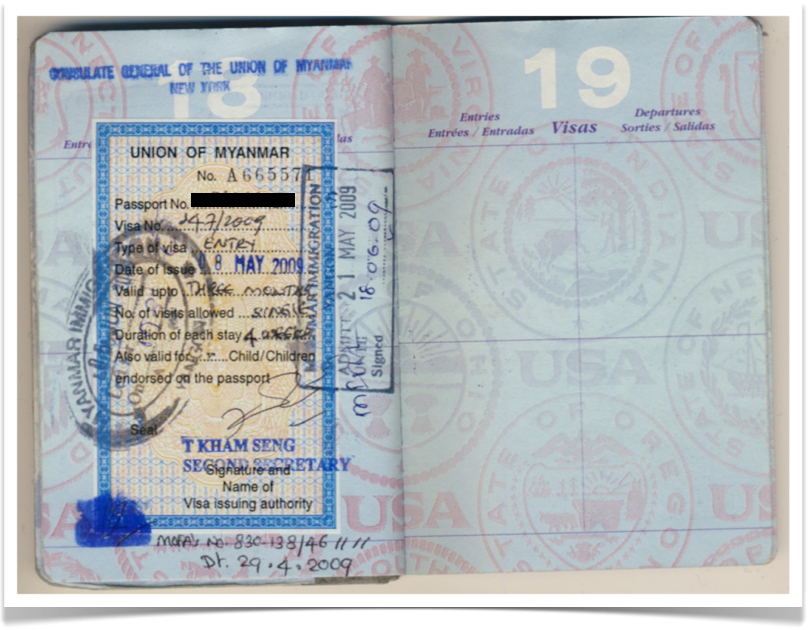Faces of Tikon
 Thursday, October 31, 2013 at 8:31PM
Thursday, October 31, 2013 at 8:31PM

This is what the village of Tikon looks like the first time you arrive and the rain has just stopped and the sun comes out and you are very happy to have finally made it. You are up at over 4000 feet and things have started to get a little chilly.

And this is what the village looks like in the late afternoon when you've walked out to find the path to tomorrow's transect and you turn back to check out the landscape. Magical. [NOTE: It was clear and sunny every day that we worked in the field and only started raining the last day when we walked out to Mile 25 camp. Magical].












